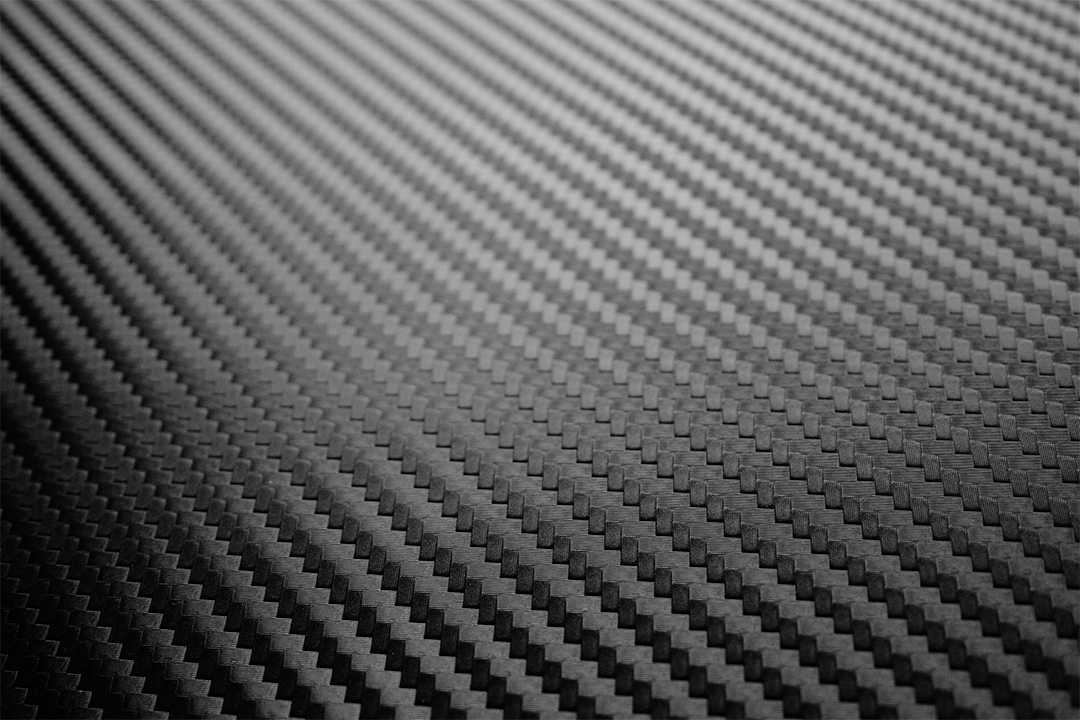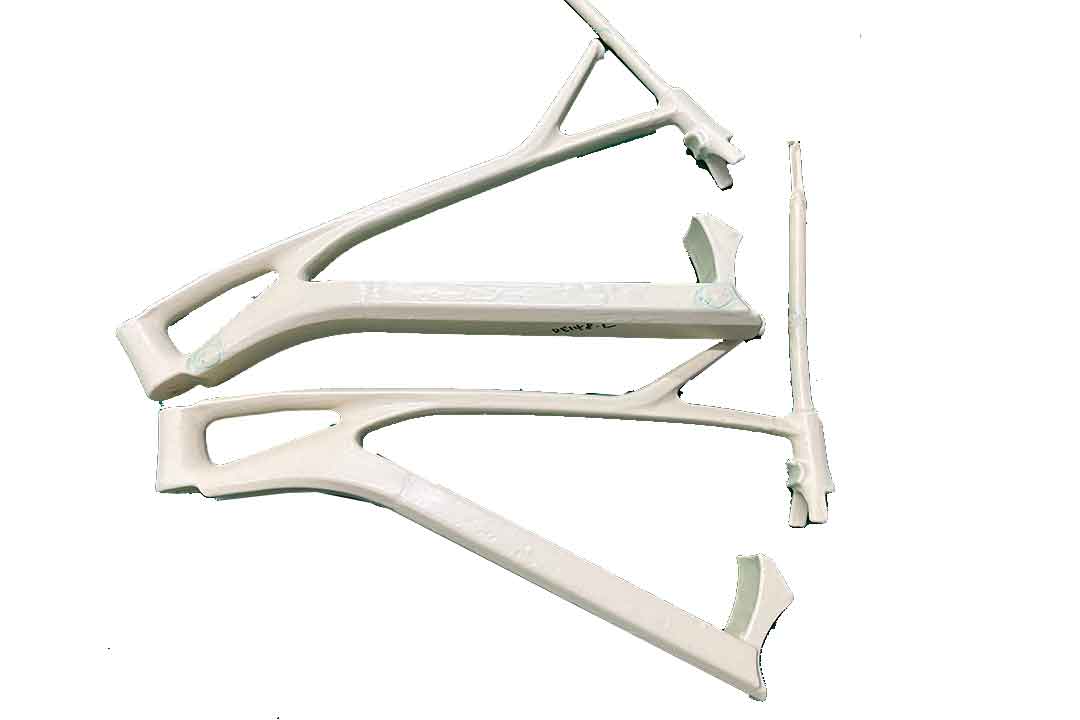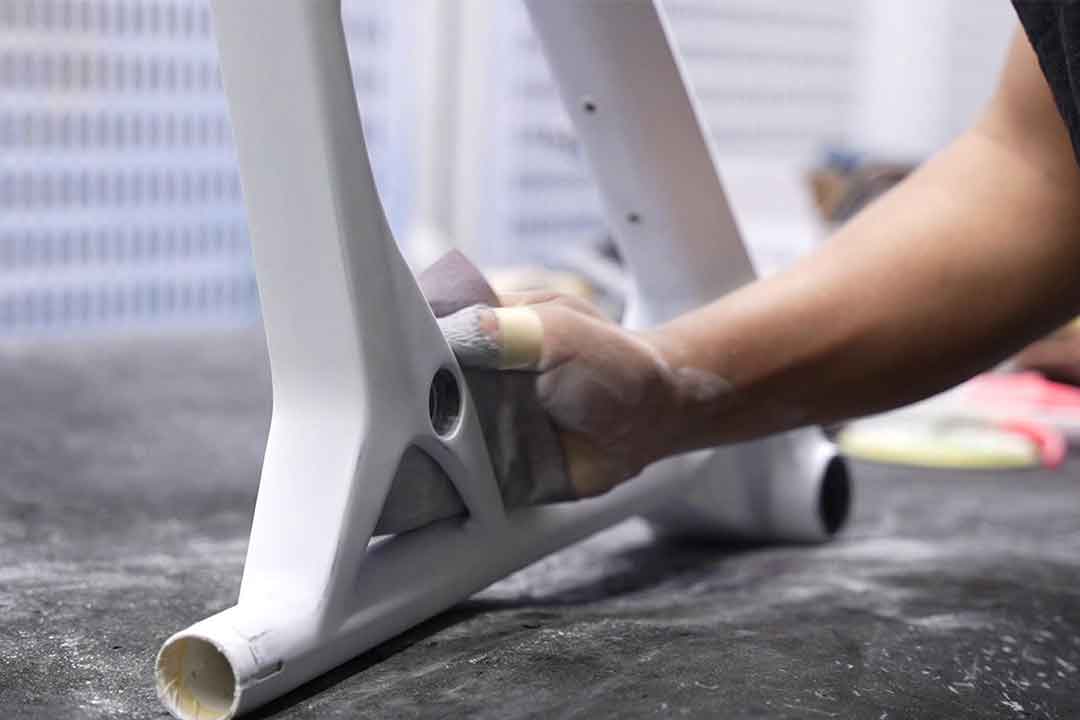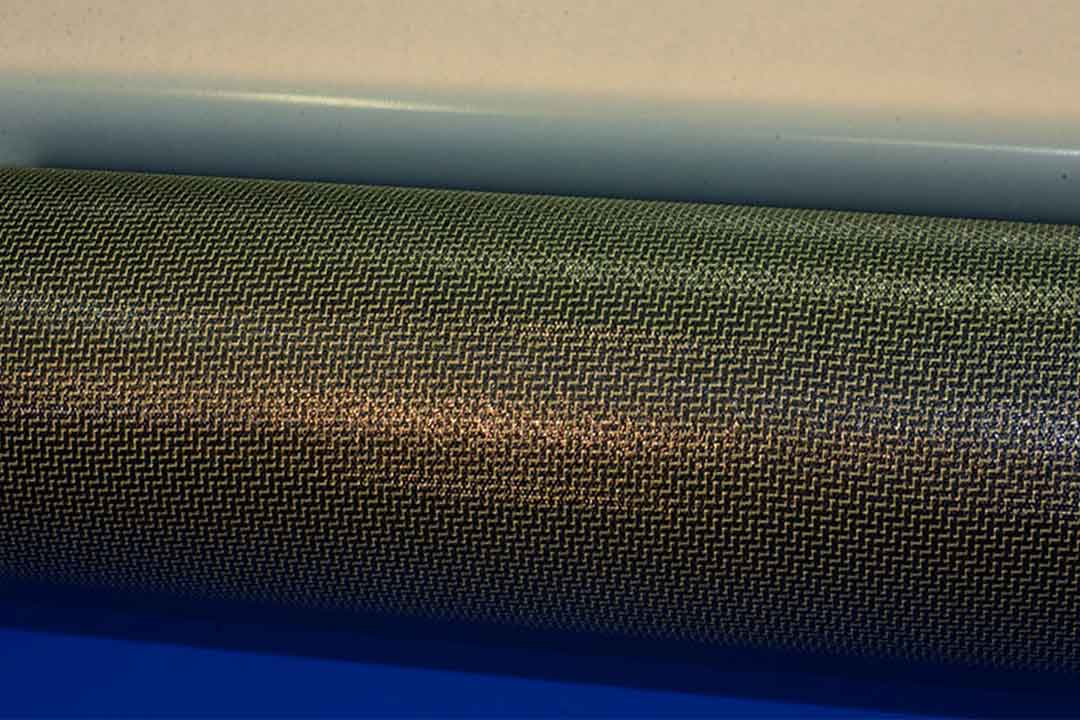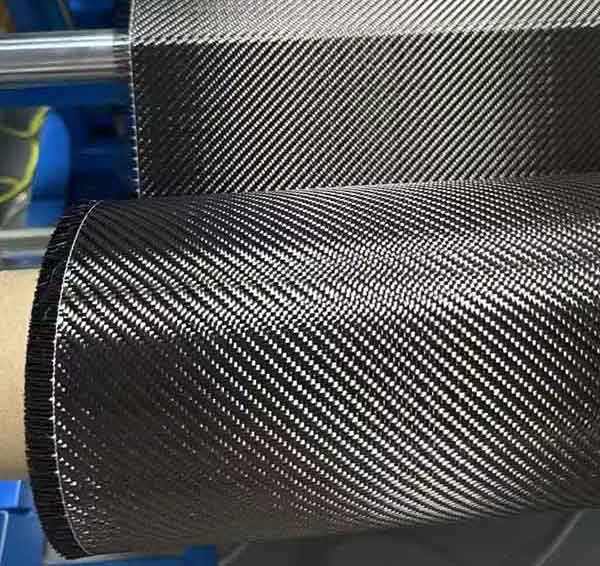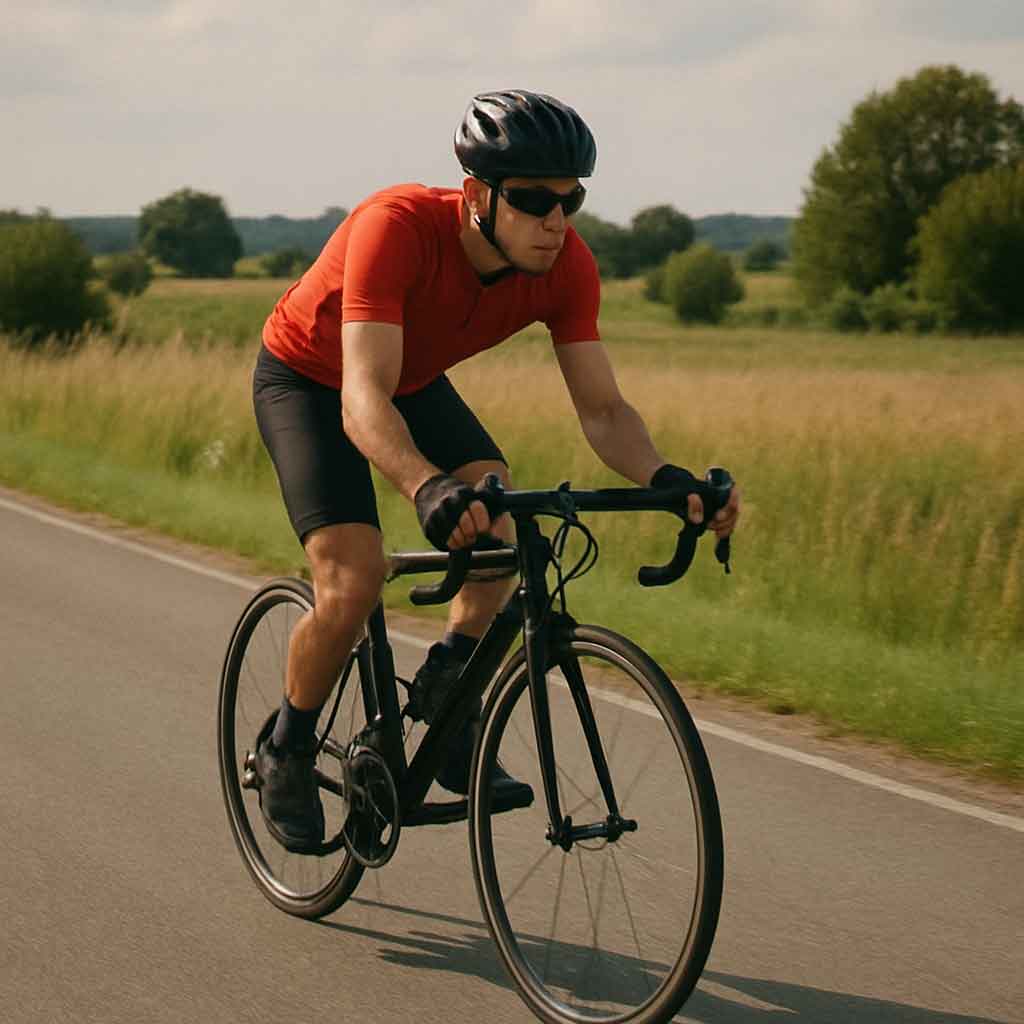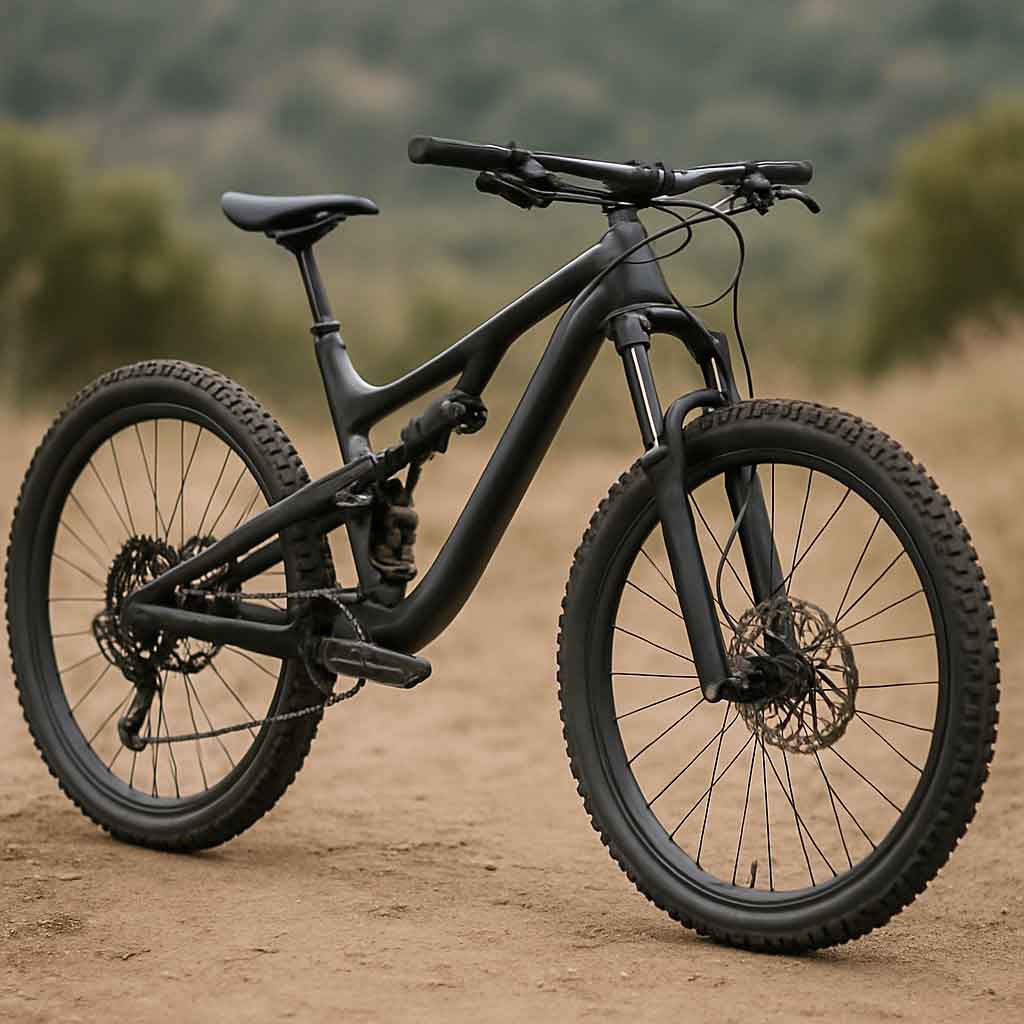Welcome to Mondince Bike - A well-known factory specialized in produce carbon bike frame and other parts since 2007.
Essential Features of Budget Road Bikes
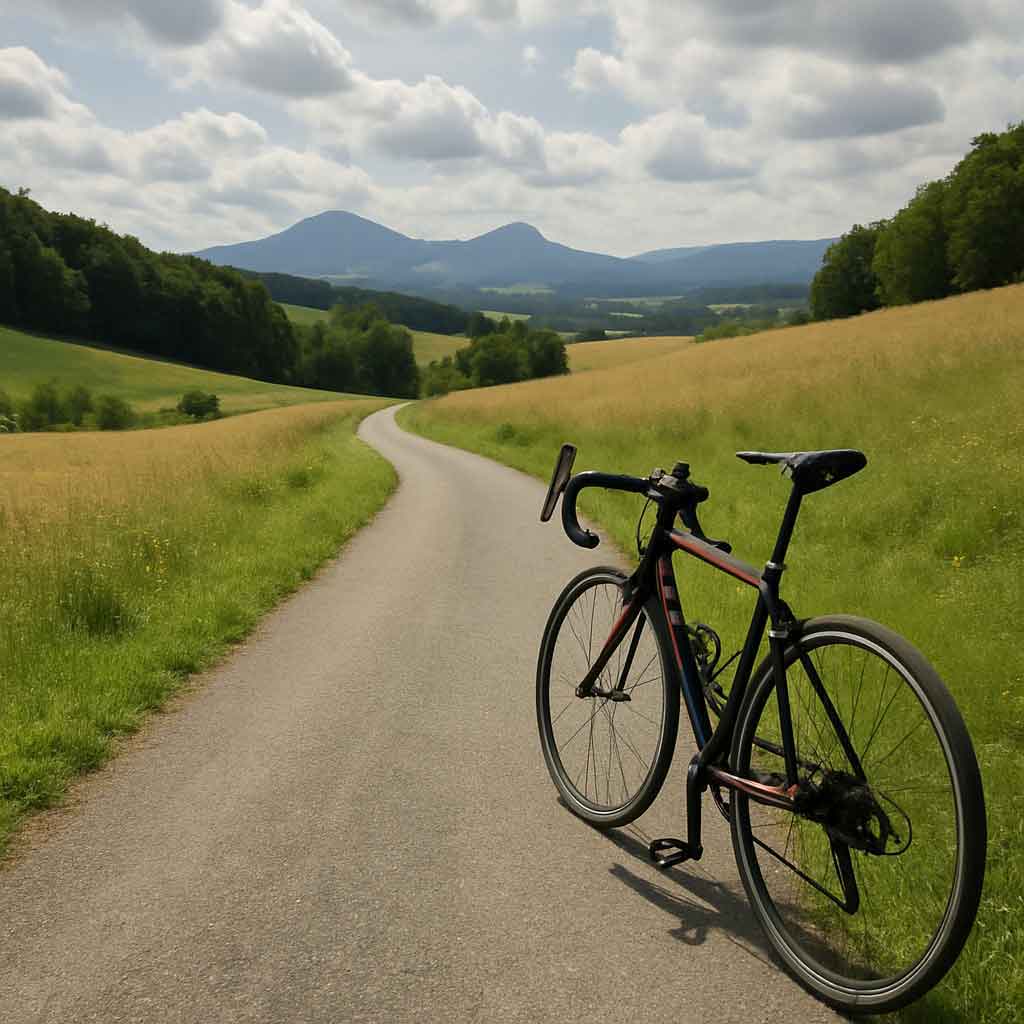
When it comes to finding the perfect road bike without breaking the bank, the task can seem daunting. However, understanding the essential features that make up a good budget road bike can simplify the process. Whether you're a beginner cyclist or looking to upgrade your current ride, knowing what to look for in the best inexpensive road bikes is key to making a smart purchase.
In this article, we'll explore the features that define the best budget road bikes, helping you make an informed decision that aligns with your cycling needs and budget.
Frame Material: The Backbone of Your Bike
The frame is the heart of any bicycle, and budget road bikes are typically made from either aluminum or steel.
Aluminum Frames
Aluminum is the most common material used in budget road bikes. Its lightweight nature makes it an attractive choice for those who prioritize speed and agility. Not only does aluminum resist rust, but it also offers a stiff ride that translates to better speed, making it ideal for competitive cyclists on a budget. Additionally, aluminum frames are highly responsive, which can enhance the riding experience by providing immediate feedback from the road.
On the downside, aluminum can be less forgiving on rough terrain due to its stiffness. However, for cyclists who primarily ride on smooth roads, this isn't much of a concern. Maintenance is straightforward, as aluminum does not corrode easily, ensuring longevity with minimal upkeep. Overall, aluminum frames are perfect for those seeking an affordable yet performance-oriented bicycle.
Steel Frames
Steel frames, on the other hand, provide a more comfortable ride due to their flexibility. This flexibility absorbs road vibrations better, offering a smoother ride over uneven surfaces. Although heavier than aluminum, steel is renowned for its durability and strength, making it an excellent choice for those who value longevity and reliability in their bikes.
The weight of steel frames might be a consideration for those who prefer speed, but for those prioritizing comfort over speed, steel is a great option. These frames are also easier to repair in case of damage, which can be a cost-saving factor in the long run. Moreover, the classic aesthetic of steel bikes often appeals to traditionalists who appreciate the timeless look and feel of a well-crafted bicycle.
Comparing Aluminum and Steel
When choosing between aluminum and steel, it's essential to consider your riding style and priorities. Aluminum offers a modern, lightweight option perfect for speed and agility, while steel provides a classic, durable choice that enhances comfort. Each material has its unique advantages, and the right choice depends on what you value most in a cycling experience. For those who commute daily or embark on long rides, the comfort of steel might outweigh its added weight, whereas performance-oriented riders might lean towards the speed benefits of aluminum.
Gearing: Finding the Right Balance
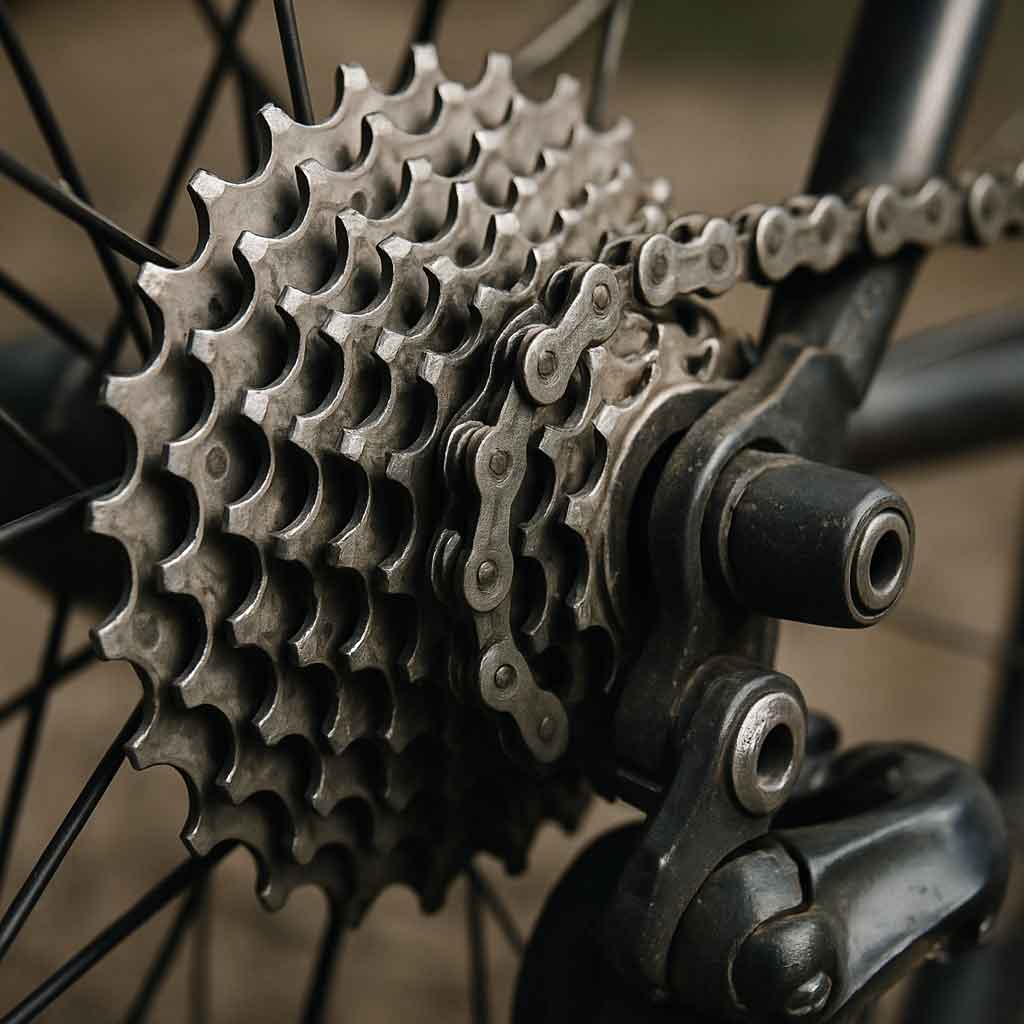
Gearing is crucial in determining how easy or hard it is to pedal your bike across different terrains. Budget road bikes typically come with a range of gears to accommodate varying levels of difficulty.
Number of Gears
Most budget road bicycles are equipped with 14 to 18-speed gearing systems. This range is sufficient for most cyclists to tackle hills and flat roads comfortably. A greater number of gears can help you maintain a steady cadence over varied terrain, which is essential for long-distance rides. For beginners, this range provides enough versatility to handle most cycling situations without overwhelming complexity.
However, more gears can mean more maintenance, as each component requires regular checks to ensure smooth operation. It's important to find a balance between having enough gears for your needs and keeping your bike simple and easy to maintain. Some budget bikes might offer fewer gears, which can be more than enough for urban environments where the terrain is relatively flat.
Shifters
The type of shifter can greatly affect your cycling experience. Integrated brake and shift levers, often referred to as "brifters," allow for seamless gear changes without taking your hands off the handlebars. This integration enhances safety and efficiency, especially when navigating through traffic or during competitive cycling.
Different types of shifters can offer varying levels of precision and ease of use. While brifters are the most advanced option, some budget bikes may come with simpler shifters that still provide reliable performance. It's crucial to test different shifter types to find the one that feels most intuitive and comfortable for you. Investing in a bike with quality shifters can significantly enhance your overall riding experience.
Maintenance and Adjustments
Regular maintenance of your bike's gearing system is essential to ensure smooth shifting and prolong the life of your components. Keeping the chain clean and properly lubricated, as well as regularly adjusting the derailleur, can prevent issues that affect gear performance. While budget bikes may not have the highest-end components, proper care can keep them functioning well for years. Understanding the basics of gear maintenance can save you money on repairs and enhance your enjoyment of cycling.
Brakes: Stopping Power When You Need It
Brakes are an essential safety feature, and budget road bikes usually come with either rim brakes or disc brakes.
Rim Brakes
Rim brakes are lighter and more affordable, making them a common choice for budget bikes. They offer adequate stopping power in dry conditions and are easy to maintain, which is advantageous for those new to cycling. Rim brakes are also straightforward to adjust and replace, which can be a cost-saving factor for budget-conscious riders.
However, rim brakes may underperform in wet weather, as water and mud can reduce their effectiveness. In such conditions, it's crucial to increase your stopping distance and ride more cautiously. For those primarily cycling in dry climates, rim brakes provide a reliable and cost-effective option.
Disc Brakes
Disc brakes, though slightly heavier, provide superior stopping power and reliability in all weather conditions. They are less affected by water and mud, offering consistent performance in adverse weather. This reliability makes disc brakes an attractive option for those who ride year-round or in varying climates.
The initial cost of disc brakes can be higher, but their longevity and performance benefits often justify the investment. They require less frequent maintenance compared to rim brakes, as they are less prone to wear from road debris. For cyclists who prioritize safety and performance, investing in a road bike with disc brakes is worthwhile.
Hybrid Systems
Some budget road bikes offer hybrid braking systems, combining elements of both rim and disc brakes. This configuration can provide a balance between cost and performance, offering adequate stopping power at a more affordable price point. It's essential to evaluate your typical riding conditions and choose a braking system that aligns with your safety needs and budget constraints. Understanding the pros and cons of each type can help you make an informed decision that enhances your cycling experience.
Wheels and Tires: Rolling Smoothly
The wheels and tires on a budget road bike impact your ride's speed and comfort.
Wheel Size
Most road bikes, including budget models, come with 700c wheels, which offer a good balance between speed and stability. These wheels are versatile, providing efficient rolling on paved surfaces and adequate performance on less smooth roads. The 700c size is standard, ensuring compatibility with a wide range of tire options and replacement parts.
While some cyclists might prefer smaller or larger wheels for specific uses, the 700c size is an excellent all-rounder for most road cycling needs. It's important to consider your typical riding conditions and select a wheel size that complements your style and terrain. Experimenting with different wheel sizes can also help you understand their impact on handling and speed.
Tire Width
For budget road bikes, a tire width between 25mm to 28mm is ideal. This width provides a good blend of speed and comfort, allowing for versatility across different road conditions. Wider tires offer more cushioning and stability, making them suitable for rougher surfaces and providing a more comfortable ride.
Narrower tires, while faster on smooth roads, can be less forgiving on uneven surfaces. It's crucial to find a balance between speed and comfort based on your typical riding environment. Testing different tire widths can help you identify the best option for your needs, ensuring a smooth and enjoyable cycling experience.
Tire Types and Tread Patterns
The type of tire and tread pattern can also affect your ride quality. Slick tires are ideal for speed on smooth surfaces, while those with more tread provide better grip on slippery or uneven roads. When selecting tires, consider the conditions you'll be riding in most frequently. Investing in quality tires that match your riding style can improve your bike's performance and safety, offering peace of mind on every ride.
Saddle and Handlebars: Comfort Meets Control
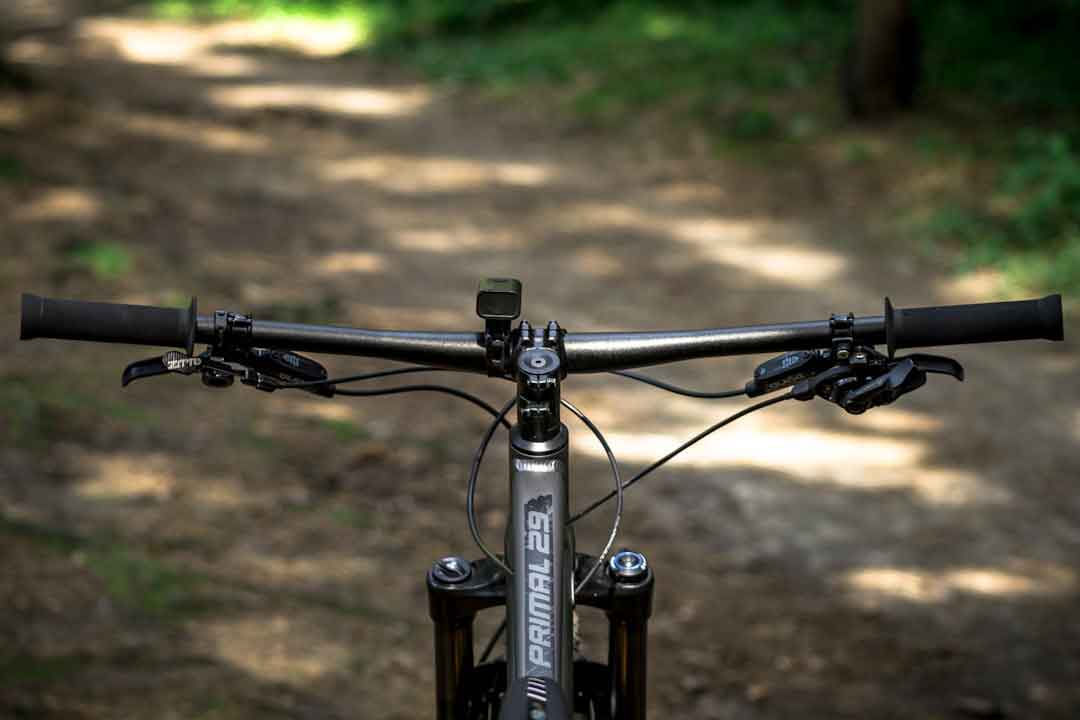
by Alexander Fastovets (https://unsplash.com/@darkmoon_afa)
Comfort is key, especially on longer rides, making the saddle and handlebars important considerations.
Saddle
A comfortable saddle can make or break your cycling experience. Look for a saddle that offers adequate padding and support, and consider investing in a replacement if the stock option isn't comfortable. The shape and material of the saddle can significantly impact comfort, so it's essential to test different options to find the best fit.
Some cyclists prefer gel or foam padding for added comfort, while others opt for firmer saddles that provide better support over long distances. Adjusting the saddle's position can also enhance comfort, so experiment with tilt, height, and fore-aft adjustments to find your ideal setup. A comfortable saddle can reduce fatigue and improve your overall enjoyment of cycling.
Handlebars
Drop handlebars are standard on road bikes, offering multiple hand positions and an aerodynamic riding posture. Ensure the handlebars are comfortable and suit your riding style, as they play a crucial role in bike control and comfort. Different handlebar shapes and widths can affect your riding position, so it's important to find a setup that aligns with your body geometry and cycling preferences.
Experimenting with handlebar height and angle adjustments can further enhance comfort and control. Additionally, consider the type of grips or tape used on the handlebars, as these can affect your comfort during long rides. Quality handlebar tape with adequate cushioning can reduce hand fatigue and improve grip, especially in wet conditions.
Ergonomics and Adjustability
Understanding the ergonomics of your bike's saddle and handlebars is key to achieving a comfortable and efficient riding position. Many budget bikes offer adjustable components that allow you to customize your setup to fit your body and riding style. Regularly assessing and adjusting your bike's fit can prevent discomfort and injuries, ensuring a more enjoyable cycling experience. Investing time in finding the right ergonomic setup can enhance your performance and prolong your riding adventures.
Weight: The Lighter, The Better
While budget road bikes might not be as light as their high-end counterparts, opting for a lighter bike can enhance your speed and ease of handling. The frame material, wheelset, and components all contribute to the bike's total weight.
Frame and Component Weight
The material of the frame is the most significant factor in a bike's weight. As previously discussed, aluminum frames are generally lighter than steel, offering a competitive edge in terms of speed and agility. However, other components such as the wheelset, drivetrain, and handlebars also contribute to the overall weight.
Opting for lighter components, even within a budget, can make a noticeable difference in how the bike handles and accelerates. While it may not be feasible to upgrade every part on a budget bike, prioritizing key components can optimize performance. Consider the balance between weight and cost when evaluating potential upgrades.
Impact on Performance
A lighter bike requires less energy to accelerate and climb hills, making it easier to maintain speed over long distances. This can be especially beneficial for those who participate in group rides or races, where every gram counts. However, it's important to balance weight savings with durability and cost, as ultra-light components can be more expensive and less robust.
Understanding the trade-offs between weight, performance, and durability can help you make informed decisions that align with your cycling goals. Investing in a lighter bike or components can enhance your riding experience, but it's essential to ensure that these upgrades fit within your budget and meet your performance needs.
Considerations for Budget Cyclists
For budget-conscious cyclists, achieving a balance between weight and cost is crucial. While high-end bikes offer the ultimate in lightweight performance, budget bikes can still provide excellent value with careful selection of components. Focus on achieving a comfortable and efficient ride rather than simply chasing the lightest weight. Making strategic choices about where to invest in lighter components can provide the best balance of performance and affordability.
Additional Features: Enhancing Your Ride
Beyond the basics, certain features can enhance your cycling experience.
Fork Material
Most budget bikes come with a steel or aluminum fork, but some higher-end budget models feature carbon forks. A carbon fork can absorb road vibrations better, providing a smoother ride, especially on rough surfaces. This can be a significant advantage for those who frequently ride on less-than-perfect roads, as it reduces fatigue and enhances comfort.
While carbon forks can be more expensive, the improved ride quality they offer often justifies the cost for many cyclists. It's important to weigh the benefits of a carbon fork against its cost, especially in the context of your overall budget. If comfort and performance are top priorities, investing in a bike with a carbon fork can be a worthwhile consideration.
Accessories
Accessories such as bottle cages, lights, and mudguards can add convenience and safety to your rides. Consider what is included with your purchase and what additional accessories you might need. Bottle cages are essential for staying hydrated on long rides, while lights improve visibility and safety in low-light conditions.
Mudguards can be particularly useful for those who ride in wet or muddy environments, keeping you and your bike cleaner. It's important to evaluate your typical riding conditions and select accessories that enhance your cycling experience. Many budget bikes offer the option to add or upgrade accessories as needed, providing flexibility to tailor your setup to your specific needs.
Technology and Connectivity
Some budget road bikes come with technology features such as integrated sensors or compatibility with cycling computers and apps. These technologies can enhance your training and performance by providing data on speed, distance, and other metrics. While not essential, these features can be a valuable addition for those who enjoy tracking their progress and setting performance goals. Consider your interest in using technology to enhance your cycling experience and choose a bike that offers the connectivity options you desire.
Top Budget Road Bikes Under $500
Finding a quality road bike under $500 is possible if you know what to look for. Here are some of the best budget-friendly options that don't compromise on essential features.
1. Vilano Shadow 3.0
Equipped with an aluminum frame and integrated shifters, the Vilano Shadow 3.0 offers great value for its price. It's an excellent choice for beginners who want a reliable entry-level road bike. The bike's lightweight frame and efficient gearing make it suitable for both commuting and recreational rides, providing versatility for various cycling needs.
The Vilano Shadow 3.0 is also praised for its straightforward assembly and maintenance, making it an accessible option for those new to cycling. With its combination of quality components and affordability, this bike is a popular choice for budget-conscious riders seeking performance without a high price tag.
2. Schwinn Volare 1400
The Schwinn Volare 1400 features a light aluminum frame and 14-speed gearing, making it ideal for casual riders looking for an affordable and efficient bike for commuting and leisure rides. Its sleek design and responsive handling make it a joy to ride, whether navigating city streets or enjoying weekend excursions.
This bike's affordability does not compromise its quality, as it offers a durable and reliable option for those seeking a budget-friendly road bike. With its easy-to-use components and comfortable riding position, the Schwinn Volare 1400 is a great choice for those looking to enjoy the benefits of road cycling without a significant investment.
3. Trinx TEMPO1.0
Trinx TEMPO1.0 is a budget-friendly road bike that comes with 21 speeds and an aluminum frame, offering versatility and performance for those new to road cycling. Its wide range of gears makes it suitable for tackling various terrains, from flat roads to hilly routes, providing flexibility for different cycling challenges.
The bike's sturdy construction and reliable components make it a dependable choice for beginners and experienced cyclists alike. With its combination of affordability and functionality, the Trinx TEMPO1.0 is an excellent option for those seeking a versatile road bike that can adapt to their evolving cycling needs.
Conclusion: Making the Right Choice
Choosing the best budget road bike involves balancing features, comfort, and price. By focusing on the essential elements like frame material, gearing, brakes, and comfort features, you can find a bike that meets your needs without overspending. Remember, the best bargain bicycles don't have to cost a fortune; they just need to fit your cycling goals and preferences.
When selecting a budget road bike, it's important to consider how each feature aligns with your personal cycling needs. Whether you prioritize speed, comfort, or versatility, there are options available that offer excellent value for your investment. Taking the time to research and test different bikes can ensure you make a well-informed decision that enhances your cycling experience.
Happy cycling!


